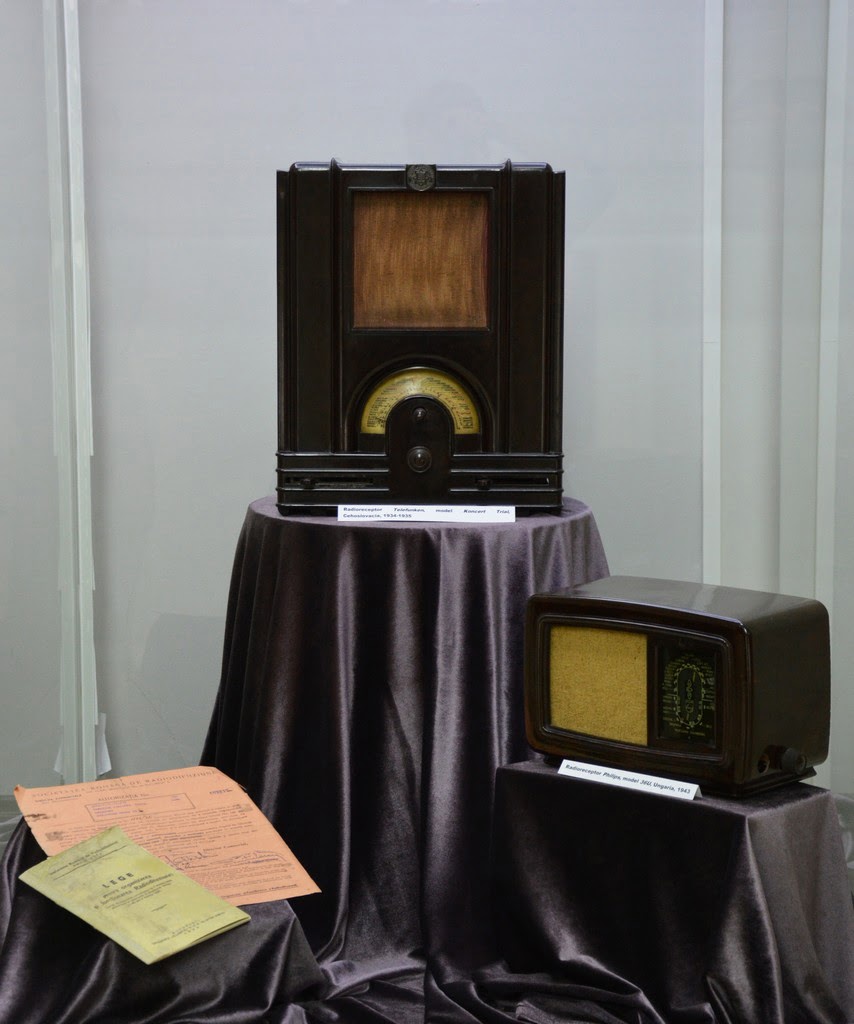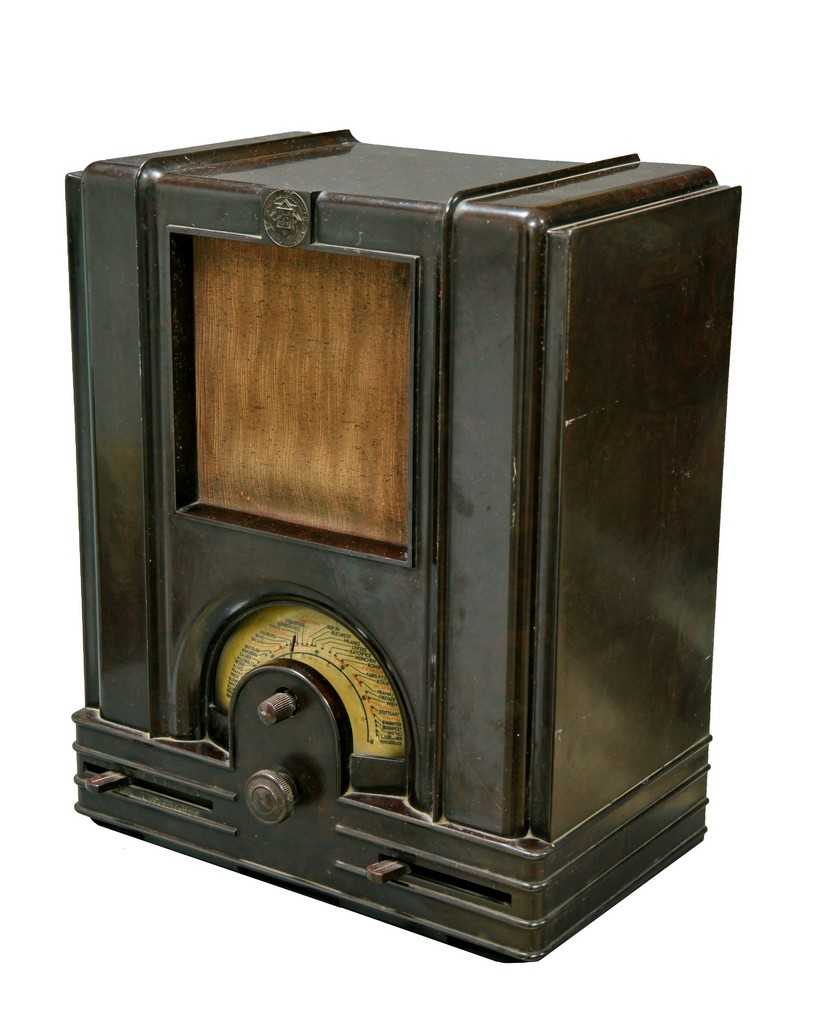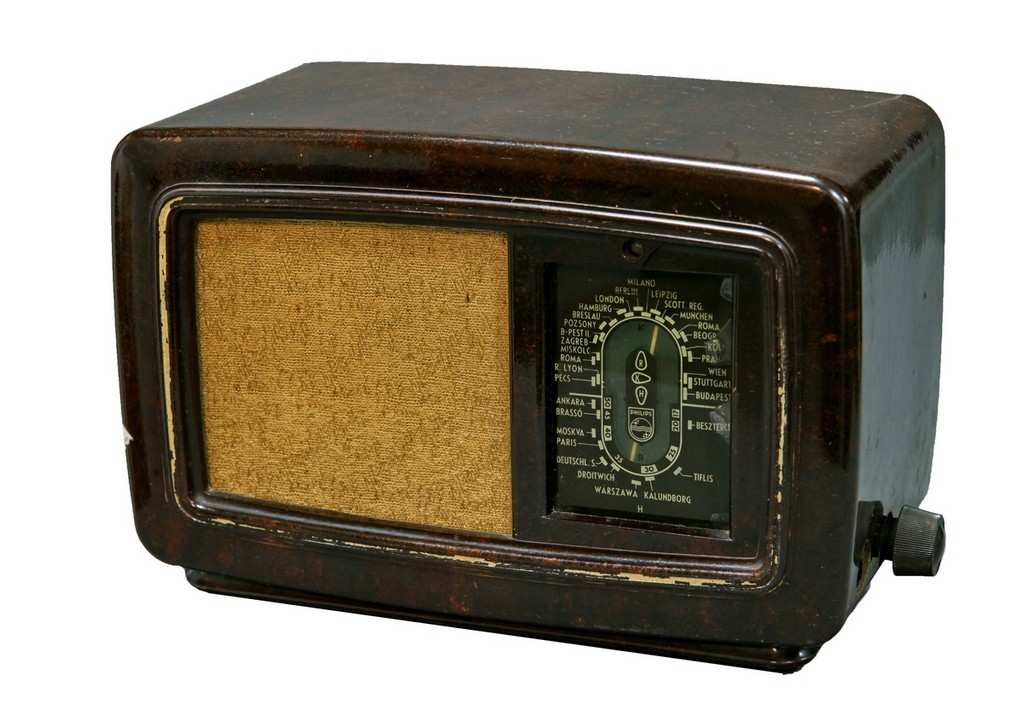  #Exhibit of the Month #Exhibit of the Month
February 2023
Radio receivers: Telefunken and Philips
 Radio represents one of the outstanding technological achievements of human thought, which led to the emergence and development of the most powerful and popular means of mass communication. From its beginnings, radio broadcasting had immediate effects on the social, economic, military, but also on the cultural level.
Radio represents one of the outstanding technological achievements of human thought, which led to the emergence and development of the most powerful and popular means of mass communication. From its beginnings, radio broadcasting had immediate effects on the social, economic, military, but also on the cultural level. Radio is the work of time, to which many scientists have contributed. Among the most important names we mention: the Scottish physicist James Clerk Maxwell, who predicted, in 1860, the existence of radio waves; the German physicist Heinrich Rudolph Hertz, who demonstrated that rapid variations in electric current could be projected into space as radio waves; the American inventor of Croatian origin Nicola Tesla, who, in 1891, built the theoretical model of the device that produced electromagnetic cycles.  Those who are primarily credited with this discovery - the Italian inventor Guglielmo Marconi and the Russian physicist Alexander Popov - did nothing more than synthesize or weave together floating ideas, so no one has intellectual authorship, which does not exclude their rights conferred by patents and glory. Those who are primarily credited with this discovery - the Italian inventor Guglielmo Marconi and the Russian physicist Alexander Popov - did nothing more than synthesize or weave together floating ideas, so no one has intellectual authorship, which does not exclude their rights conferred by patents and glory.
For more than 120 years, radio has been telling stories, saving lives, delivering news, educating generations, providing a means of recreation, shaping a society's experience of diversity. As a sign of appreciation for this powerful vector of information and culture, UNESCO instituted, in 2012, a special holiday, World Radio Day, which is celebrated worldwide on February 13. The advent of sound broadcasting propelled the development of radio technology. Gradually, starting in 1920, the need for collective auditions determined the manufacture of the first loudspeakers based on the principle of electromagnetic induction, which had a diaphragm or a diffuser cone. Moved by a metal paddle, they actuated a large mass of air, thus producing loud sounds. Overcoming the evolutionary framework, with all the inherent difficulties, the radio was continuously perfected, with predilection after the invention of radio lamps and transistors, arriving at the construction of increasingly complex devices. The National Museum of History of Moldova conserves and uses about 120 radio receivers with historical, technical and memorial value, manufactured between 1934 and the beginning of the 21st century in various countries. The radio sets in the museum heritage are of interest for the history of science and technology, some of them standing out as reference pieces for the evolution of means of communication.  From the point of view of the principle of operation, the radios owned by the museum are direct-amplified, reactive and superheterodyne. From a categorical point of view, the museum's radio technical fund is made up of: 36 radio equipment, 17 radio receivers with electronic tubes and 68 transistorized radio receivers. This month, as part of the "Exhibit of the Month" series, we bring to the public's attention two stationary radio receivers with electronic tubes, Telefunken and Philips, of great historical and technical value, they laid the foundations for the constitution of the museum's collection of radio devices. From the point of view of the principle of operation, the radios owned by the museum are direct-amplified, reactive and superheterodyne. From a categorical point of view, the museum's radio technical fund is made up of: 36 radio equipment, 17 radio receivers with electronic tubes and 68 transistorized radio receivers. This month, as part of the "Exhibit of the Month" series, we bring to the public's attention two stationary radio receivers with electronic tubes, Telefunken and Philips, of great historical and technical value, they laid the foundations for the constitution of the museum's collection of radio devices.
Telefunken radio receiver, model Koncert Trial, was manufactured at the Radiotechna enterprise in Prague-Prelouc, Czechoslovakia, between 1934 and 1935. It is a superheterodyne device, in a Bakelite case. Technical characteristics: 4 electronic tubes - REN904, REN904, RENS1374S and RGN564; the wave ranges - UL (long waves), UM (medium waves) and US (short waves); dimensions - 290x355x175 mm; power supply - 110/240 V; speaker - permanently dynamic. Philips radio receiver, model 36U, was manufactured in 1943 at the Philips workshop in Hungary (which operated from 1931 to 1949). It is a superheterodyne device, in a bakelite case. Technical characteristics: 4 electronic tubes - UCH21, UCH21, UBL21 and UY21; wave ranges: UL (long waves) and US (short waves); dimensions: 250x170x130 mm; power supply: 110/150/220 V, weight: 2.5 kg; speaker - permanently dynamic.
|





















































